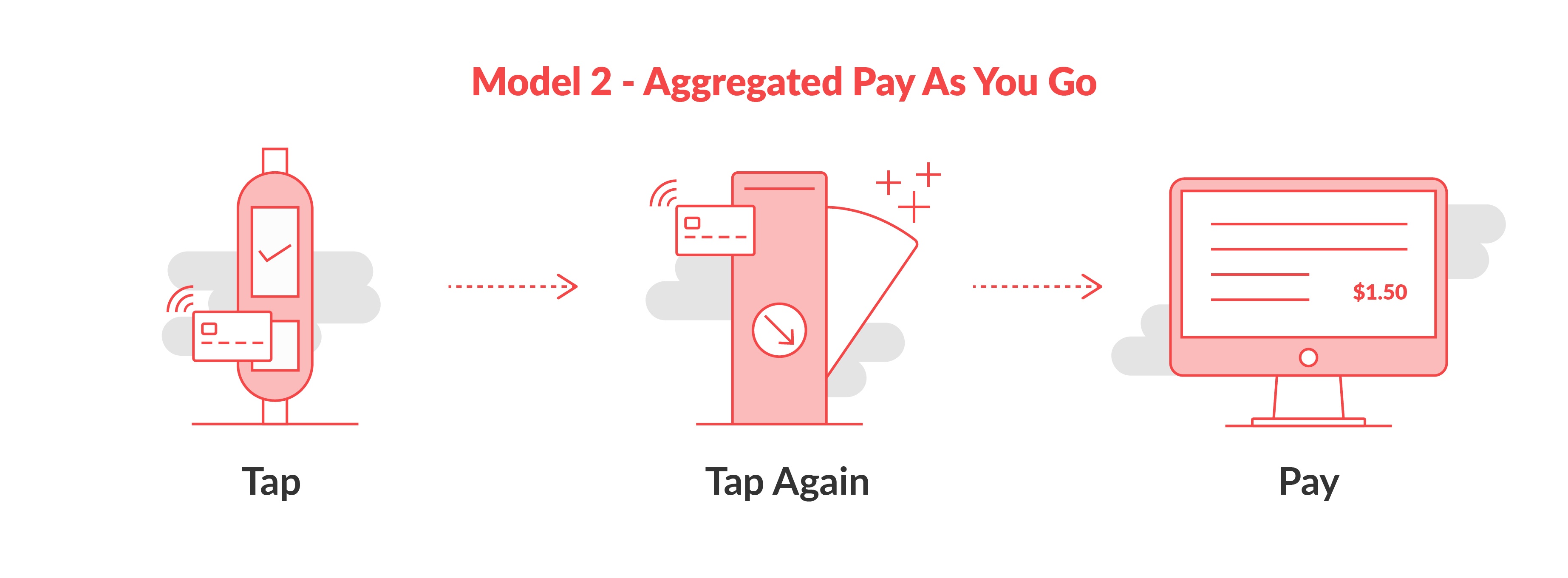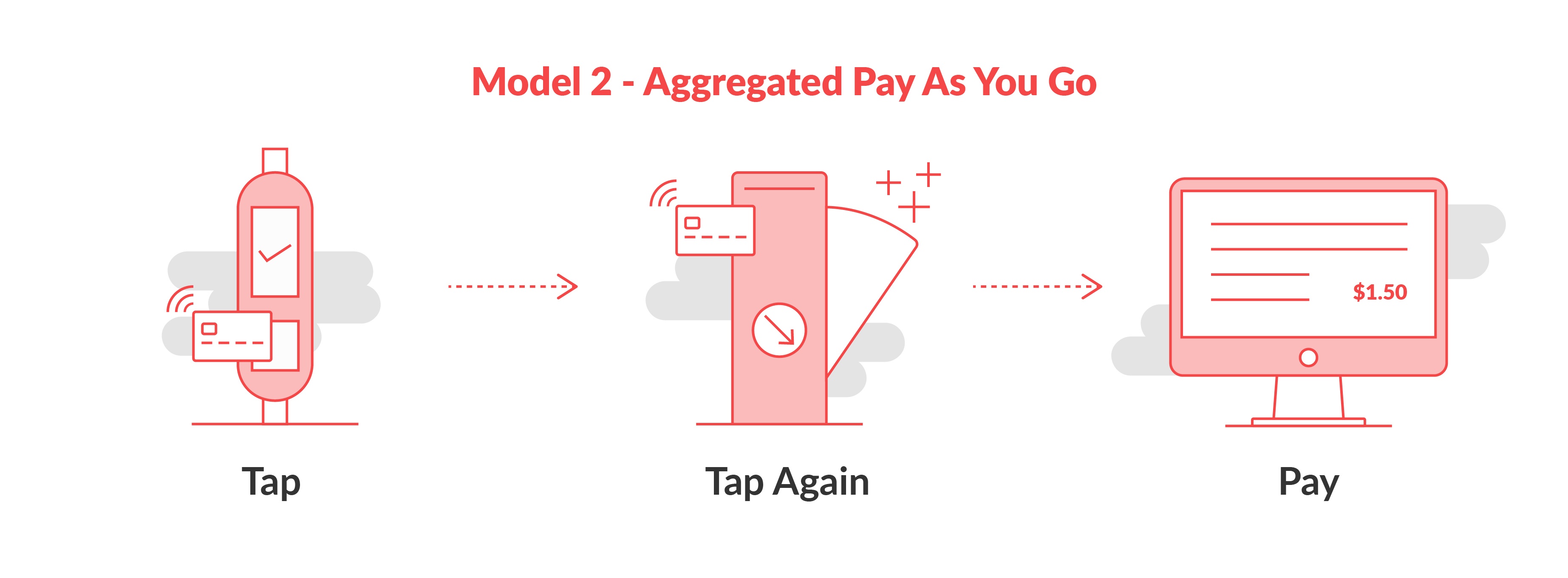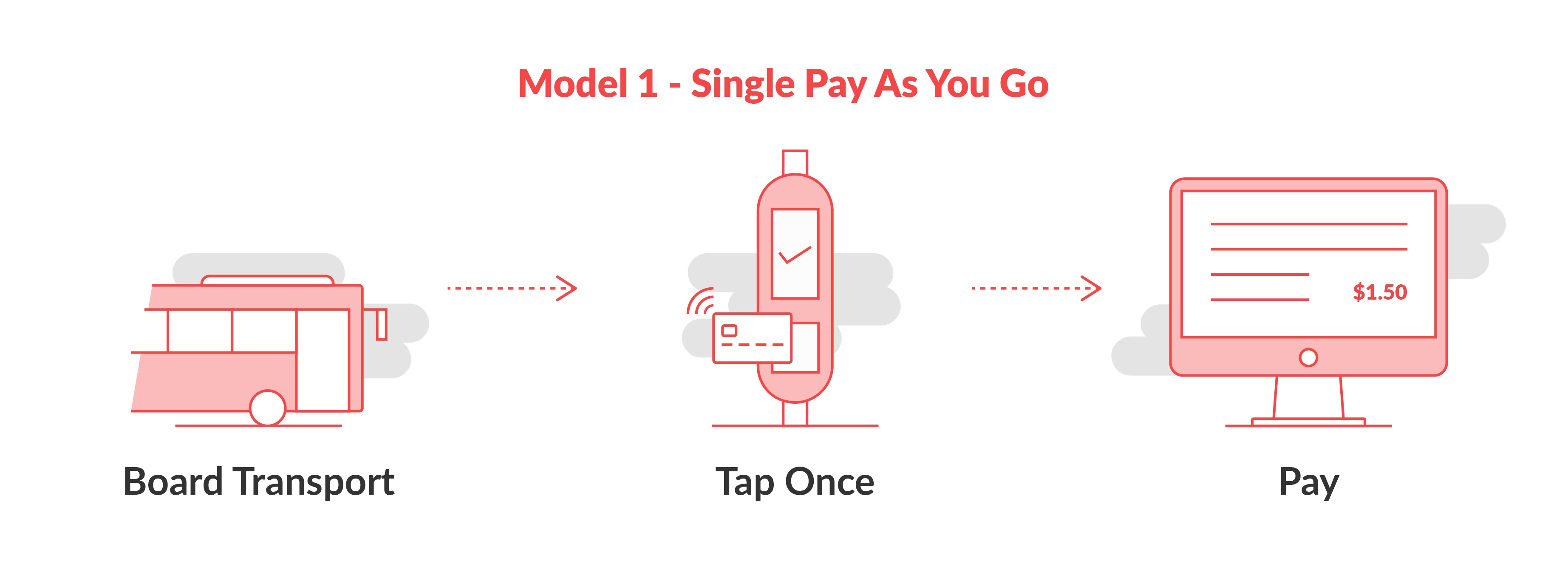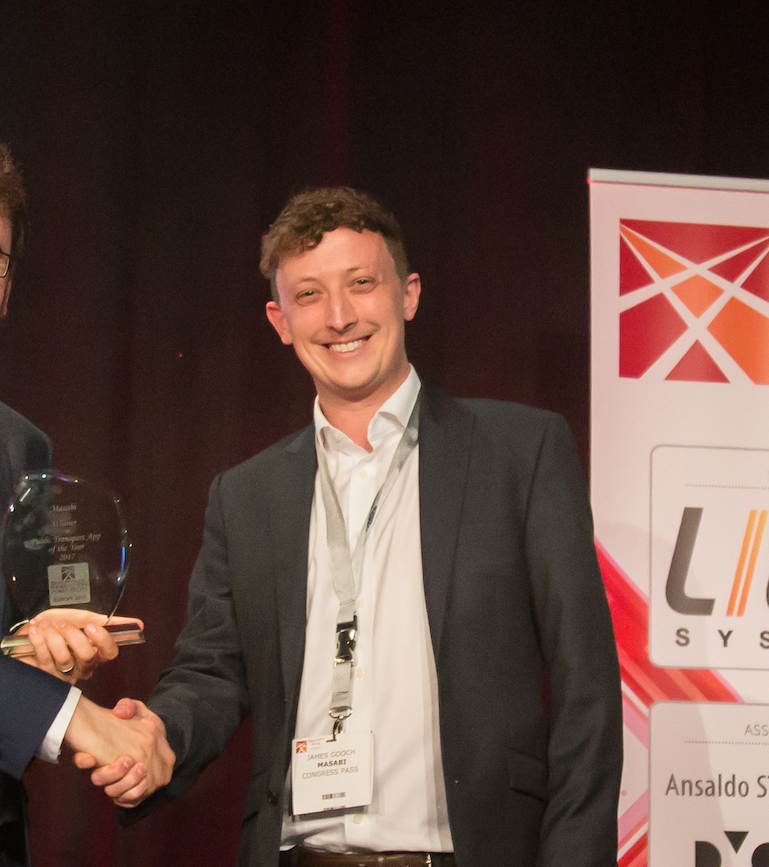First of all let’s start with the basics, What is EMV? EMV is a technical payments standard that ensures chip-based payment cards and terminals are compatible (can communicate with each other) around the globe. EMV literally stands for Europay, Mastercard and Visa, the three companies that developed the specifications for the standard.
For years EMV cards have been used for retailing around the globe. The card uses a microprocessor embedded in the card that connects to an EMV Point Of Sale unit (POS) via card insertion or a contactless tap, and it’s the latter which makes EMV cards interesting for public transport.
Contactless cards (or cEMV) talk to the POS unit using NFC (ISO 14443) short range radio, and this is why this type of ticketing is often referred to as ‘contactless’ - although there are plenty of other contactless systems and token types in operation using the same NFC standard.
There are three generally acknowledged cEMV (contactless) transit models:
- Single Tap - fixed price Pay as you Go model (“Model 1”)
- Aggregated - more complex Pay as you Go model (“Model 2” or MTT)
- Pre-purchase - tapping the card validates a ticket that has already been purchased (“Model 3”)
As Masabi is a London-based company, we’re extremely familiar with the most high profile cEMV ‘contactless’ deployment in the world with Transport for London's system, which initially started off as EMV ‘Model 1’ for bus services, but has now progressed into ‘Model 2’ and works because it runs an Account-Based Ticketing (ABT) back office (For more information on ABT click here).
Model 1: Single Tap - Pay as you go model
In this model the customer taps their card at the start of each journey and a fixed fare is automatically charged. Alternatively the driver can assist in the sale the same way you would purchase something in a shop. This model works particularly well where there is a flat fare and means passengers can move away from cash and the need to buy a ticket or top up a smartcard.
This model does not require an Account Based back-end, because there is no fare calculation to run, and the price charged will not vary based on variables such as other trips taken - it always charges the same amount.

Model 2: Aggregated - Pay as you go model or MTT
This model allows for more complex pricing and multimodal journeys. It can combine multiple journeys and modes of transport into a daily charge based on where the taps took place and can then add in additional capping as passengers ‘earn’ weekly or monthly passes. Essentially passengers tap around the transport network for a number of days until they reach the monthly pass value; once this is hit the system stops charging the passenger until the next month comes around.
This system records where passengers enter and (for distance-based fares) exit the network and can take into account the modes and zones taps are recorded in. This system runs off an Account-Based back office which means passengers do not need to buy a ticket before travel they simply use their secure token (in this case a contactless bank card) and are charged at the end of each day (post-pay).

Model 3: Pre-purchase
This model is suitable for long distance travel and replaces paper tickets. It requires the customer to purchase a ticket before they travel online and link it to their account, which is associated to their card. Customers then use their contactless card as their ticket to travel.
The Future of Ticketing
Masabi has an Account-Based back office (we enable secure tokens to be tapped and calculate the fare based on those taps) meaning passengers no longer need to buy a ticket in advance to travel on public transport (Model 2 or MTT).
Based on a Fare Payments-as-a-Service delivery model and using our market-leading platform (Justride), Masabi can deliver contactless ticketing for a fraction of the price of legacy providers. Transport authorities no longer need to spend tens or hundreds of millions of pounds/dollars to bring ‘contactless’ and Account-Based Ticketing to their passengers.
If you would like to learn more about what we are able to offer in the cEMV ‘contactless’ space, or if you are interested in Account-Based Ticketing solutions using mobile phones, paper barcode or smarcards, please get in contact with us.



